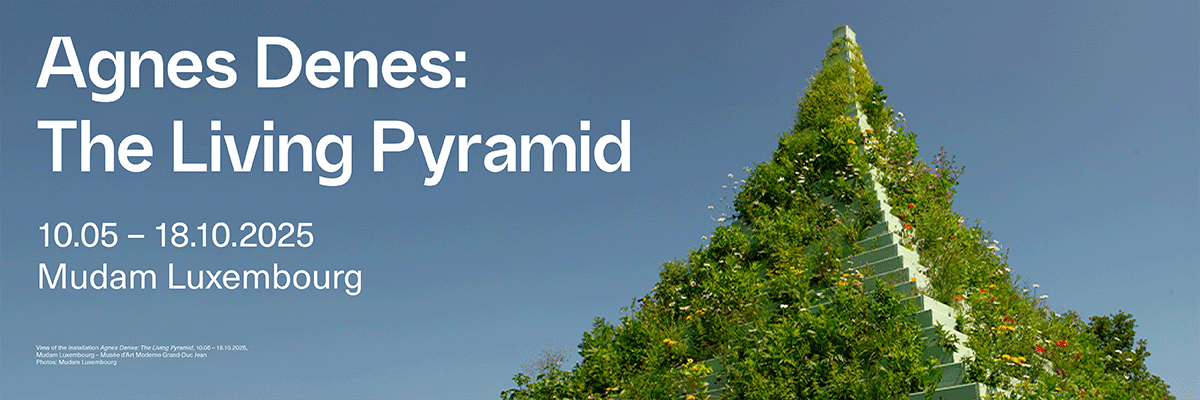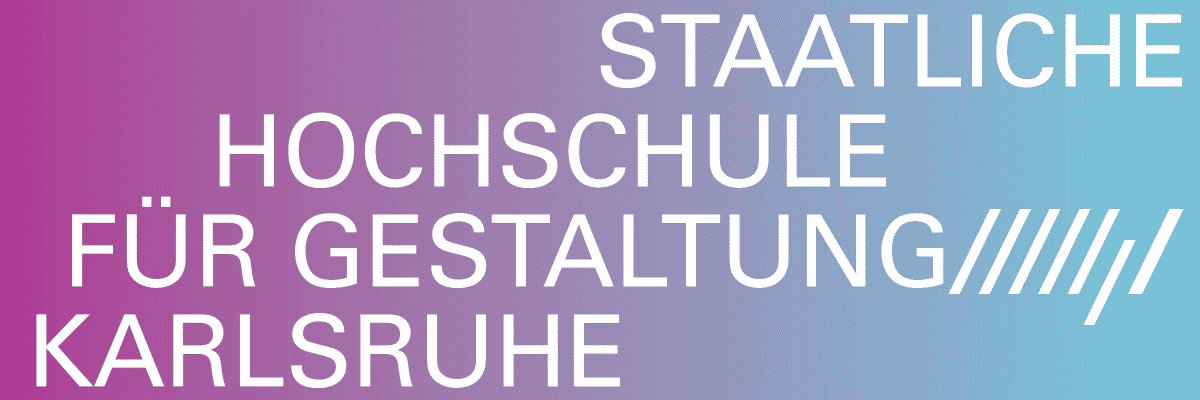
Daniel Rycharski
Dead Class
Project Info
- 💙 Gunia Nowik Gallery
- 🖤 Daniel Rycharski
- 💜 Szymon Maliborski
- 💛 Katarzyna Legendź
Share on

Daniel Rycharski, Trough #1 (Cepelia out of the pigsty), 2022, wood, pennies, 173 x 35 x 26 cm. Courtrsy of the artist and Gunia Nowik Gallery
Advertisement

Daniel Rycharski, Trough #2 (Cepelia out of the pigsty), 2022, wood, pennies, 243 x 34 x 19 cm, detail. Courtesy of the artist and Gunia Nowik Gallery

Daniel Rycharski, Nest #4, 2022, wood, metal, rainbow feathers, 215 x ⌀ 57 cm. Courtesy of the artist and Gunia Nowik Gallery

Daniel Rycharski, Dead Class, 2022, wood, lacquer, metal, plastic, satin, lace, 214 x 136 x 93 cm. Courtesy of the artist and Gunia Nowik Gallery

Daniel Rycharski, Nest # 2, 2022, wood, metal, rainbow feathers, 207 x ⌀ 61 cm. Courtesy of the artist and Gunia Nowik Gallery

Daniel Rycharski, Nest #1, 2022, wood, metal, rainbow feathers, 182 x ⌀ 67 cm, detail. Courtesy of the artist and Gunia Nowik Gallery

Daniel Rycharski, Nest #3, 2022, wood, metal, rainbow feathers, 200 x ⌀ 55 cm, detail. Courtesy of the artist and Gunia Nowik Gallery

Daniel Rycharski, Dead Class, individual exhibition at Gunia Nowik Gallery, 2022, exhibition view. Courtesy of Gunia Nowik Gallery

Daniel Rycharski, Yin and Yang, 2022, steel, glass, milk, petrol, paint, ⌀ 100 cm. Courtesy of the artist and Gunia Nowik Gallery

Daniel Rycharski, Golden calf, 2022, brass, 60 x 100 x 25 cm, detail. Courtesy of the artist and Gunia Nowik Gallery

Daniel Rycharski, Shame, 2022, paper, wooden board, 50 x 21 x 15 cm, detail. Courtesy of the artist and Gunia Nowik Gallery

Daniel Rycharski, Crying Horse #2, 2022, oil on canvas, 50 x 60 cm, detail. Courtesy of the artist and Gunia Nowik Gallery

Daniel Rycharski, Crying Horses, 2022, three paintings, oil on canvas, each 50 x 60 cm. Courtesy of the artist and Gunia Nowik Gallery

Daniel Rycharski, Dead Class, individual exhibition at Gunia Nowik Gallery, 2022, exhibition view. Courtesy of Gunia Nowik Gallery

Daniel Rycharski, Dead Class, individual exhibition at Gunia Nowik Gallery, 2022, exhibition view. Courtesy of Gunia Nowik Gallery

Daniel Rycharski, Dead Class, individual exhibition at Gunia Nowik Gallery, 2022, exhibition view. Courtesy of Gunia Nowik Gallery

Daniel Rycharski, Dead Class, individual exhibition at Gunia Nowik Gallery, 2022, exhibition view. Courtesy of Gunia Nowik Gallery

Daniel Rycharski, Dead Class, individual exhibition at Gunia Nowik Gallery, 2022, exhibition view. Courtesy of Gunia Nowik Gallery

Daniel Rycharski, Dead Class, individual exhibition at Gunia Nowik Gallery, 2022, exhibition view. Courtesy of Gunia Nowik Gallery

Daniel Rycharski, Dead Class, individual exhibition at Gunia Nowik Gallery, 2022, exhibition view. Courtesy of Gunia Nowik Gallery
Dead Class is a presentation of new works by Daniel Rycharski tackling the theme of tensions arising from the rapid changes in the relationship between humanity and the Earth, as seen from the perspective of the Polish countryside. It can be seen as the latest chapter in the story of the end of peasant culture and the consequences of this change not readily recorded in other cultural circles. In the artist’s words, it is an exhibition that is ‘about a social landscape that is close to me, not so much focused on my inner experiences as on the reality in which I live’. It is the direct observation of change sharpened by literature (by Myśliwski rather than the more recent items from the folk family of Polish history) that leads Rycharski back to the ‘peasant question’ and to ask new questions: about metaphysical issues, climate and the relationship to animals. This also includes question about sexual and class shame, mechanisms of distinction and selection in the production of folkness, grassroots revolts and attempts to control them, about aesthetic or political domination.
Dead Class stems from the conviction that it is necessary to update perceptions of rural modernity, to tell the story not on a macro scale, as is often the case, but on the level of personal stories, specific struggles with religiosity and the consequences of these transformations for the individual. Symptoms of change can be seen not only in the crisis of the Church, but also in the disappearance of species closely linked to agriculture or the abandonment of cultivation of the land and the selling off of animals essential to the lifestyle of some rural inhabitants.
It is also an exhibition about the search for lost equilibrium, as in the life story of the indebted farmer that became the starting point for the work Yin and Yang which conveys a dream about equalling the price of milk bought by collection centres with that of petrol. An equilibrium rather impossible to recover within traditional religiosity. Faith and religion, an important reference element for Rycharski for a long time, are evoked here with ambivalent feelings; folk Catholicism reflecting the specificity of the old peasant experience of powerlessness is, in the artist’s opinion, a reservoir of authentic experiences that allowed one to somehow cope with the world. Rather, when it rapidly becomes obsolete, it leaves behind an existential crisis and symbols that are increasingly difficult to fill with content. Dead Class happens, as it were, on the threshold, in the midst of a definitive transition from one social world to another, with the dilemmas that accompany this change. What occupies the artist is the question of what is this next death of the village and what will be its afterlife? In the process, he often draws on quotations from and references to other works and artistic traditions such as critical art quite freely making use of the meanings that have accrued around them. The title Dead Class, inspired by Andrzej Mencwel’s book Toast na progu [Toast on the threshold], resonating also with Tadeusz Kantor’s play, is understood here as a statement about a social class, a passing away group of ‘small farmers’, a dead class whose story, like that of Jan from Kurówek, became the inspiration for the entire project and was the starting point for specific works. Their often poetic form also refers us back to the world of literature, the aforementioned books by Wiesław Myśliwski, but also to peasant diaries – a whole collection of first-person statements giving an insight into social biographies and experiences of shame and class advancement. Equally importantly, the exhibition is not structured as a sentimental statement or a melancholy reminiscence. As is sometimes the case with Rycharski, it is rather a permanent recycling of matter in order to find new life for it between different orders of culture.
An accompanying activity to the exhibition will be the action Letter from Heaven, which will take place with the participation of actor Artur Żmijewski at the beginning of the year 2023 at the fire station of the Volunteer Fire Brigade in Podlesie.
The starting point for the project is the work of Piotr Ściegienny, a priest and people’s activist, who, using the mock Bull of the Holy Father St Gregory XVI to Farmers and Craftsmen he had crafted himself, urged peasants to overthrow serfdom and act collectively.
The Warsaw exhibition is the second part of a trilogy on the end of peasant culture and the contemporary transformation of the countryside central to Rycharski’s interests. The first exhibition, Love is for Everyone. For Me, Too, took place at the Kustmuseum in Bonn. The next and final part will happen under the title Inside, We Are a Fairy Tale in the village of Kurówko in order to enable its viewing for the farmers from dairy farms.
Dead Class is an expansion of ideas developed during preparations for the exhibition competition for the Polonia Pavilion at the Venice Biennale. The project submitted at the time was created in dialogue with the curator, Agnieszka Żuk and some of the works presented here are the realisation of the ideas discussed.
Szymon Maliborski




